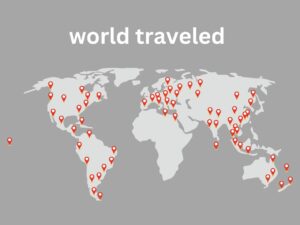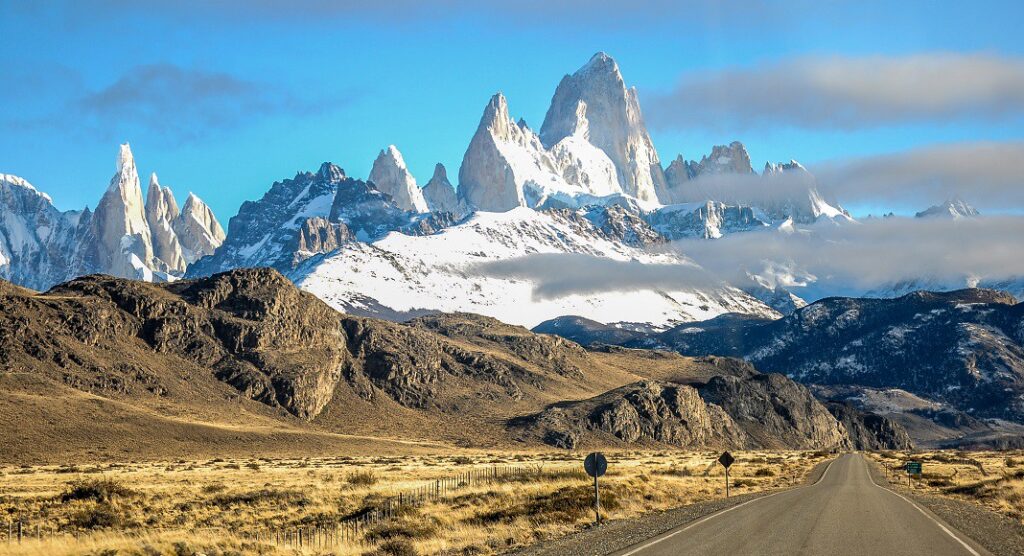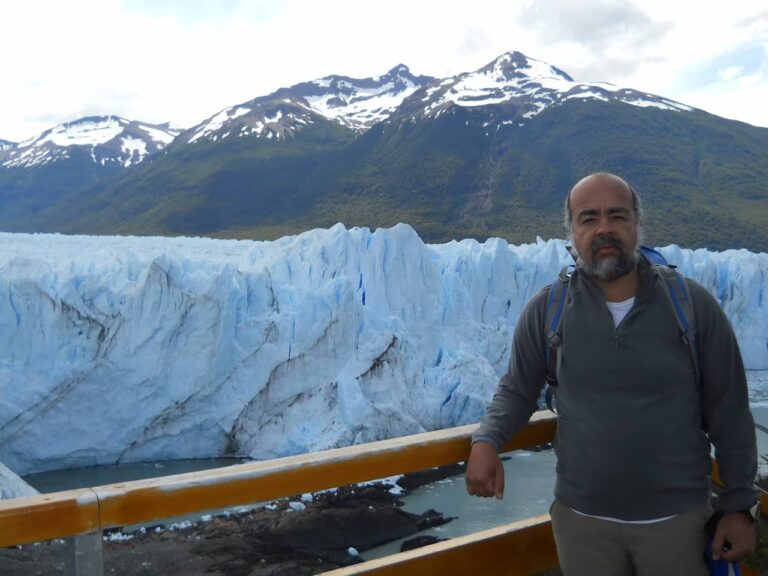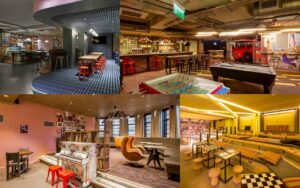Let’s see the main types of accommodation and in the city guides, I will put some tips for each city.
In Argentina, there is a very diverse tourist structure and options for all tastes and budgets.
Hotel.
Hotel rates vary according to class, season, available services, and location.
(B&B) Bed and Breakfast.
These are accommodations where you usually share space with other travelers and have the characteristic of being much cheaper and allowing greater interaction between travelers.
In addition to choosing your type of accommodation, it is also important to choose where to stay.
Buenos Aires: 5 best neighborhoods.
Microcentro and Montserrat – Everything is close by, but as a very busy central place, a lot of traffic.
It is the commercial and tourist center of Buenos Aires, it has the best transport infrastructure and hotels for all budgets.
Although it has a lot of noise and agitation, it is my favorite region, because everything is done on foot, and it is easier to move to other areas.
But you need to redouble your attention because robberies, and scammers are very active in this part of the city, especially at night.
Main attractions: Plaza de Mayo and Casa Rosada, Galerias Pacífico, Teatro Colón, Café Tortoni, Obelisco, and many Tango houses, such as Tango Porteño and Piazzolla Tango.
As you can do everything on foot, it is close to everything and has many hotel options, the great advantage of this area is being able to save a lot.
2 – Bairro Recoleta – Great location, restaurants, and everything you need close by.
It is certainly one of the most charming neighborhoods in Buenos Aires, a place with the richest population, tourists, and practical.
Main attractions: Recoleta Cemetery, Floralis Generica, Plaza Francia, Palais de Glace, National Library, Borges Museum, and El Ateneo Grand Splendid.
Easy transportation by subway, buses, parks, services, and good restaurants, close to shopping malls.
Quiet and safe area to walk, even at night, and do almost everything on foot.
3 – San Telmo neighborhood – Alternative and renovated
San Telmo is a historic neighborhood, which has gone through a very decadent phase and has been renovating for some years, without losing its tradition.
It tries to maintain tradition with sales of antiquarian products, lots of old trinkets, and the most diverse art.
Main attractions of San Telmo: the Museum of Modern Art of Buenos Aires.
Every Sunday, the famous San Telmo Fair.
Whether for food or sightseeing, the Mercado de San Telmo should be part of your itinerary.
The bars, snack bars, and restaurants have better prices than those in the center and other more upscale neighborhoods, in addition to being close to the center.
4 – Puerto Madero – Luxury and modernity
Puerto Madero was built on a decaying old port area, where many luxury hotels and top restaurants are located. Its planned space, with its channels, has a very modern and beautiful landscape.
It is a place for those who like an exclusive place away from the crowds, so to visit anything you have to take transport.
The architecture of the new buildings stands out, bridges such as the Puente de la Mujer, a large green area, lagoons and the shore on the Rio de la Plata, and the Costanera Sur Ecological Reserve is also worth visiting.
It’s a neighborhood for those who want tranquility, modernity, luxury and don’t worry about spending a little more.
Palermo – Restaurants, parks and culture.
Palermo is a residential neighborhood, with quiet, tree-lined streets, with restaurants and shops in some areas, in addition to being the greenest neighborhood in Buenos Aires.
The region known as Palermo Soho is the commercial and gastronomic area of the neighborhood.
Main attractions in Palermo: It has to do with culture, such as the Galileo Galilei Planetarium, the Evita Museum, the MALBA, the Buenos Aires Zoo, the Japanese Garden and other attractions within the immense parks of Palermo.
It’s a very quiet place, far from the hustle and bustle, but you’ll have to leave the neighborhood to get to know the main attractions of Buenos Aires.
As it is a more residential neighborhood, public transport is much scarcer.
More about this source textSource text required for additional translation information
Send feedback
Side panels




